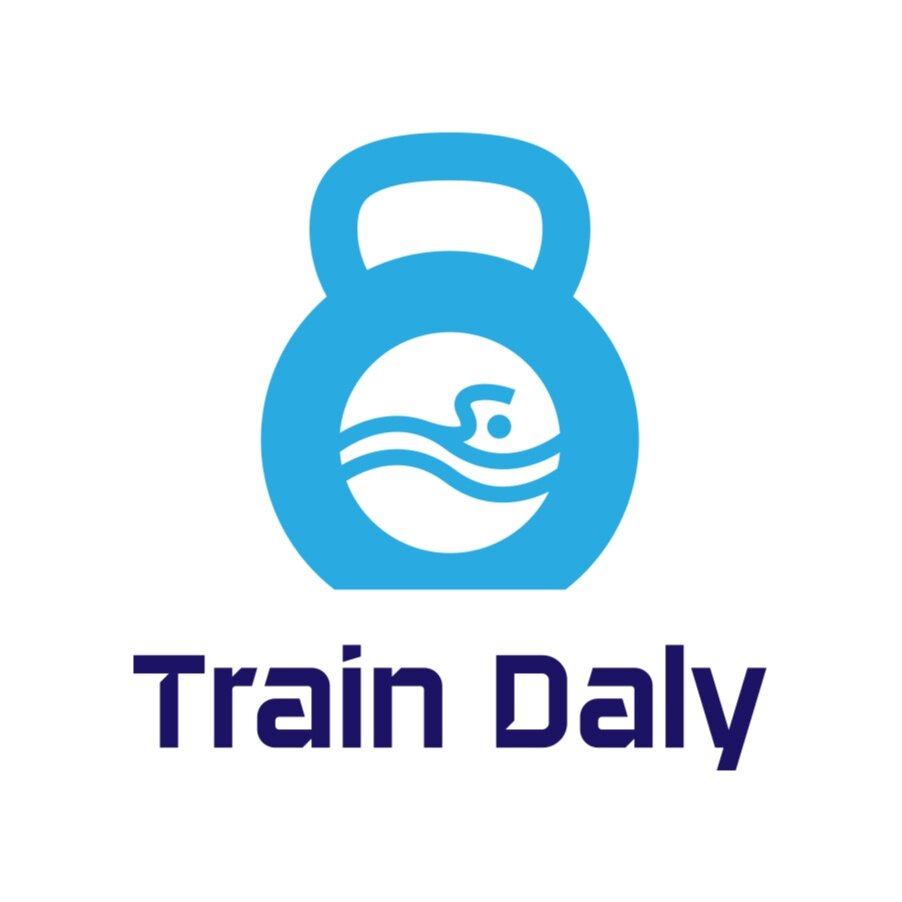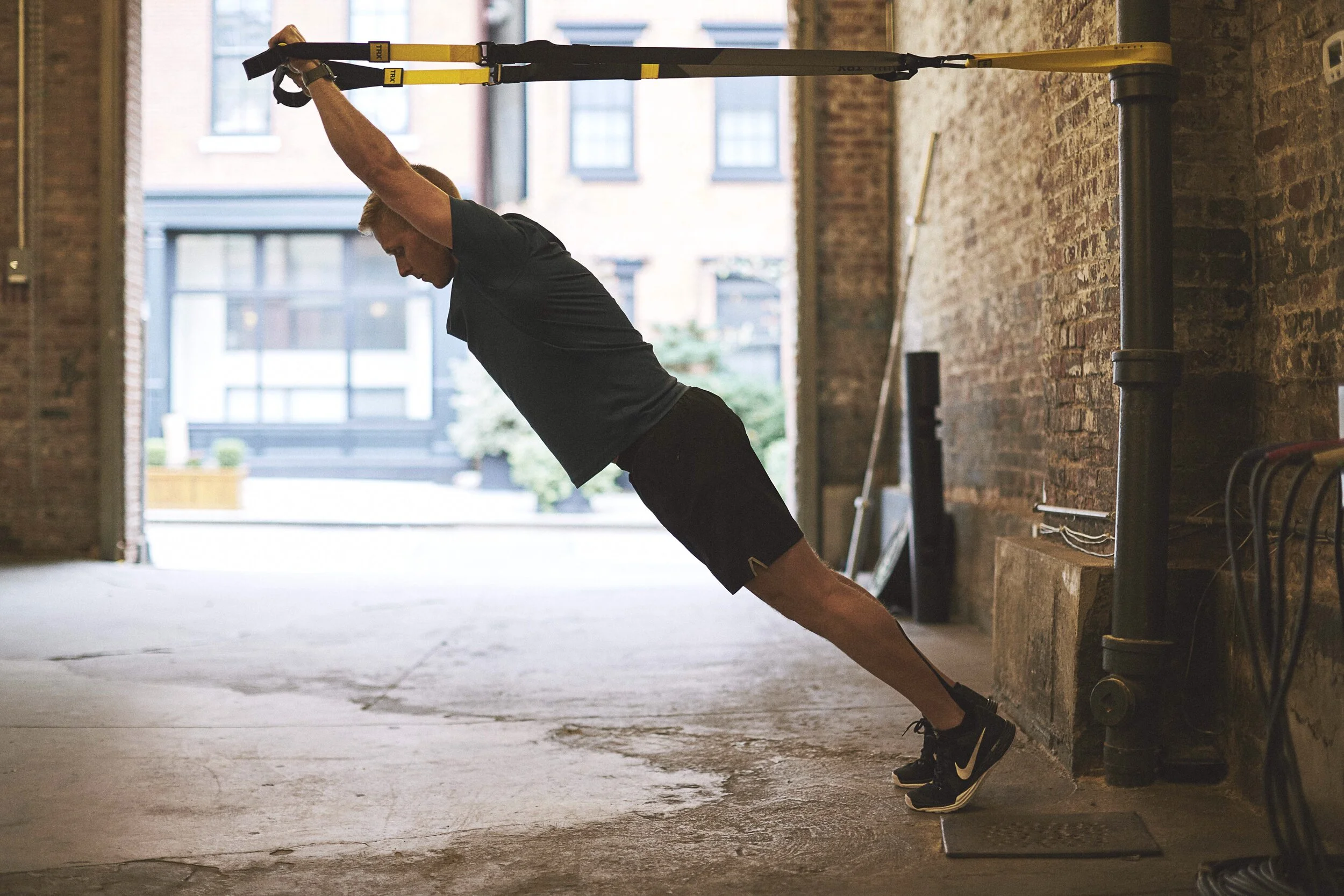Open Chain Exercises
/Open chain exercises, like leg extensions and bicep curls, isolate specific muscles but may not provide the functional benefits of closed chain movements. Learn how these exercises compare, their pros and cons, and when to include them in your routine, especially if you're recovering from an injury or need targeted muscle work. Discover how to balance open and closed chain exercises for optimal strength, stability, and athletic performance. Read the article.
Read More








